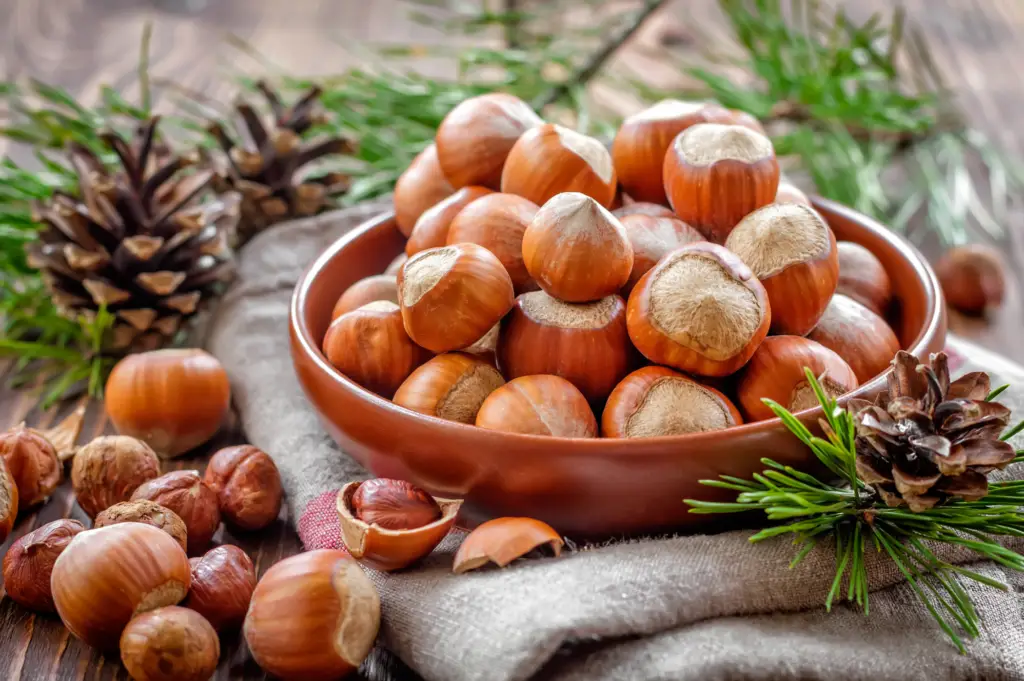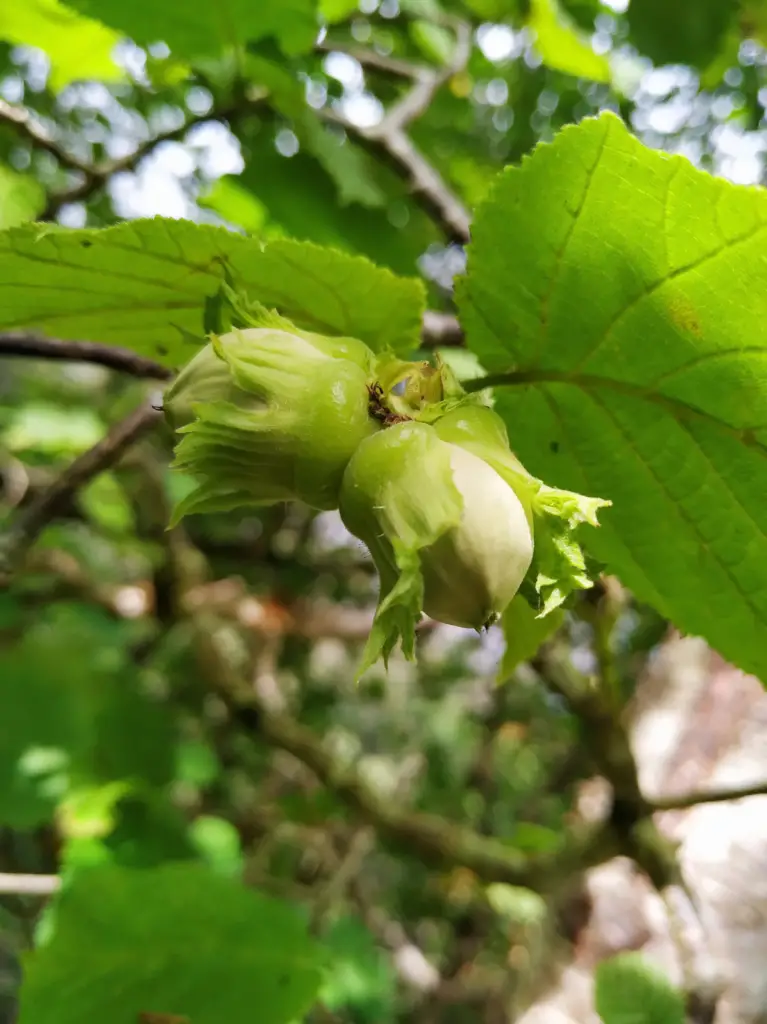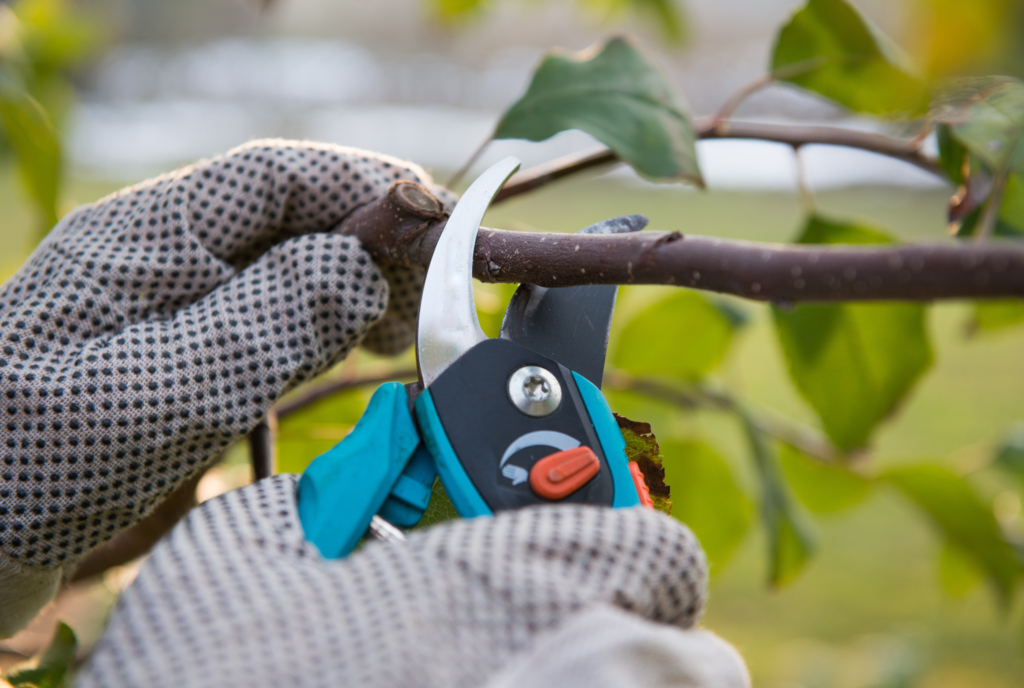Hazelnuts, also known as filberts, are delectable and nutritious nuts enjoyed by people around the world. Traditionally grown in orchards and open spaces, you might be surprised to learn that with the right care and attention, you can successfully cultivate hazelnut trees indoors. Whether you’re an urban gardener, a nut enthusiast, or simply want to add a touch of nature to your living space, growing hazelnut trees indoors can be a rewarding and fulfilling experience. In this article, we will explore the essential steps to cultivate hazelnut trees within the confines of your home, from choosing the right variety and location to nurturing them into healthy, productive plants.
Table of Contents
Selecting the Right Hazelnut Variety
Before embarking on your indoor hazelnut growing journey, it’s essential to choose a variety that is well-suited for indoor cultivation. Some hazelnut varieties are more compact and adapt better to container life, making them ideal choices for indoor gardening. The most commonly grown indoor hazelnut varieties include “Butler,” “Dorris,” “Tonda di Giffoni,” and “Barcelona.”
Preparing the Right Containers
Choosing the appropriate containers is vital for successful hazelnut cultivation indoors. Opt for large containers with a minimum depth of 18 inches (45 cm) and a diameter of at least 24 inches (60 cm). These containers should allow adequate space for the root system to develop and offer stability as the plant grows.
Ensure that the containers have drainage holes to prevent waterlogging, which can be detrimental to hazelnut trees. Consider using lightweight, well-draining potting mix to maintain optimal soil conditions and to enable sufficient aeration for the roots.
Providing Optimal Light Conditions
Hazelnut trees are typically sun-loving plants, so providing adequate light indoors is crucial. Place your hazelnut tree near a south-facing window to ensure it receives maximum sunlight exposure throughout the day. If natural light is limited, consider supplementing with artificial grow lights, especially during the darker winter months.
Managing Temperature and Humidity
Hazelnut trees prefer moderate temperatures, ideally ranging from 60°F to 70°F (15°C to 21°C) during the day and slightly cooler at night. Avoid exposing the plants to sudden temperature fluctuations, as they can stress the tree and hinder growth.
Maintaining proper humidity levels is equally important for hazelnut trees. Indoor environments can sometimes be dry, especially when the heating system is running. To increase humidity, use a humidifier or place a tray with water and pebbles near the tree to create a microclimate.
Watering and Fertilising
Proper watering is essential for hazelnut trees, as they dislike overly dry or waterlogged conditions. Keep the soil consistently moist but not soggy, and always allow excess water to drain from the container. The frequency of watering will depend on the environmental conditions, the size of the container, and the growth stage of the tree.
Fertilise hazelnut trees with a balanced, slow-release fertiliser during the growing season, typically in spring and early summer. Avoid over-fertilizing, as excessive nutrients can lead to imbalanced growth and reduced nut production.
Pruning and Training Hazelnut Trees
Pruning is necessary to maintain the health and shape of your indoor hazelnut tree. During the dormant season, which is typically in late winter, prune any dead or diseased branches and trim back excessive growth. You can also shape the tree to promote a bushier, more compact growth habit, which is beneficial for indoor cultivation.
Training the hazelnut tree’s branches can also be done to maximize space utilisation and light exposure. Use stakes or trellises to guide the branches, allowing them to grow upwards and outwards rather than competing for space in a confined area.
Pollination
Most hazelnut varieties are self-pollinating, meaning they can produce nuts without the need for cross-pollination from other trees. However, having more than one hazelnut tree can increase the chances of successful pollination and enhance fruiting.
Dealing with Pests and Diseases
Indoor hazelnut trees are generally less susceptible to pests and diseases compared to outdoor ones. However, it’s essential to keep an eye out for common issues like aphids, spider mites, and powdery mildew. If you notice any signs of pests or diseases, isolate the affected tree and treat it with appropriate measures to prevent further spread.
Harvesting Hazelnuts
Hazelnuts are typically ready for harvest in late summer or early fall or autumn. The nuts will begin to drop from the tree when they are ripe. Gather them from the container and remove the husks, allowing the nuts to dry for a few days before storing them in a cool, dry place.
Conclusion
Growing hazelnut trees indoors can be an enjoyable and rewarding experience, providing you with a bountiful supply of delicious and nutritious nuts. By selecting the right variety, providing optimal growing conditions, and tending to their needs with care, you can create a thriving indoor hazelnut orchard that will delight you for years to come. Whether you have limited outdoor space or simply wish to bring the beauty of nature into your home, growing hazelnut trees indoors offers a taste of the nutty delights that the natural world has to offer. Happy hazelnut gardening!



